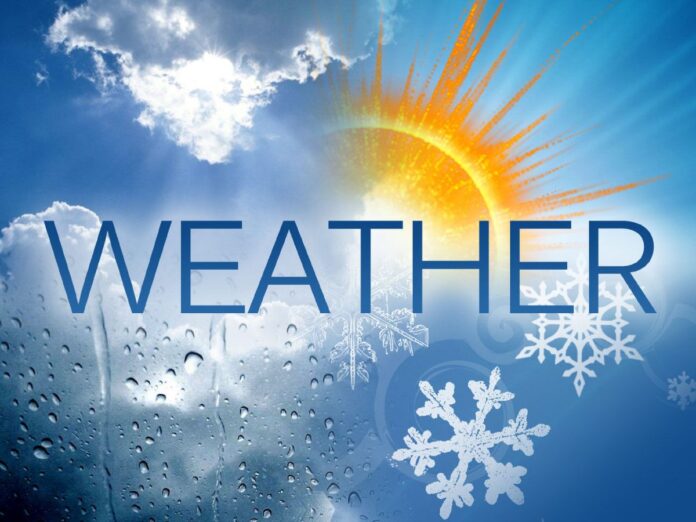HARLINGEN — With January off to a rainy and cold start, the rest of the month and February are forecast to be more of the same.
In an interesting turn of weather events, Christmas turned out to be warm with temperatures in the 80s. Very unChristmas like.
But Mother Nature is unpredictable and the weather changes on a whim.
It did just that going into the New Year.
As January is under way, a split flow, very common to strong El Niños in mid-winter, has a better than average chance of setting up. That will help keep overall temperatures down due to cloud cover and rainfall, according to the National Weather Service in Brownsville.
Plain and simple, January and February are likely to be wetter and cooler.
Those months will have similar weather patterns, with temperatures dipping below normal, meteorologist Erin Billings said.
Forecasters predict temperatures for those months will produce highs in the low 70s and lows in the mid 50s.
Temperatures will be around that or a little below that, Billings said.
January through March, temperature departures from average temperatures will be similar to what was occurring in late 2015, the weather service said.
As for rain, it’s hard to tell at this point. But forecasters predict January and February could see one or more widespread moderate to heavy rainfall events.
With the average rainfall for both months a little more than 1 inch, Billings said rainfall will be a little more than average for this time of year.
The Rio Grande Valley can expect 2 to 3 inches above average through February.
On the bright side or cooler side, depending on how one looks at it, the cooler-than-average forecast does not necessarily mean the area will experience a freeze.
The chance for a hard freeze is slim to none based on prior El Niño episodes, largely due to the dominance of the injection of eastern Pacific tropical moisture into the systems that dive south and tap it, the weather service said.
However, the weather service cannot rule out a January or early February freeze.





